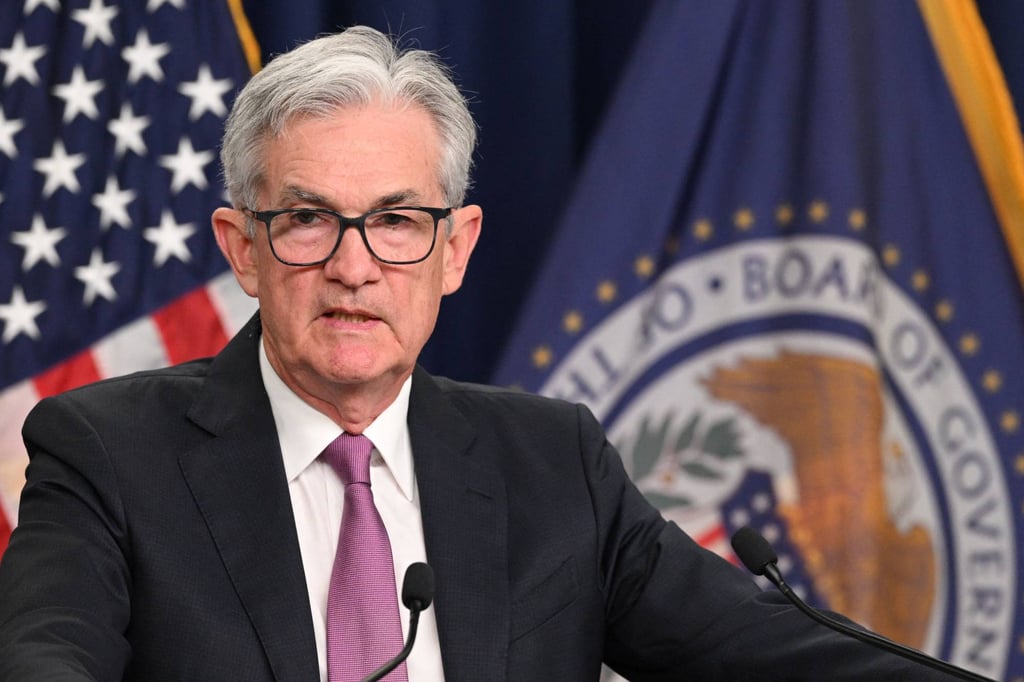Advertisement
Hong Kong raises base rate by 75 basis points to 14-year high as Fed signals more pain and pledges to ‘keep at it’ to contain inflation
- The Hong Kong Monetary Authority raised its base rate to 3.5 per cent effective immediately, the highest level since March 2008
- All eyes are on Hong Kong’s other commercial lenders, after HSBC decided to lift its prime rate by 12.5 basis points, with effect from Friday
Reading Time:4 minutes
Why you can trust SCMP
14

Hong Kong’s cost of borrowing increased for the fifth time in six months, prompting the city’s top financial official to warn of “negative growth” in the local economy as the de facto central bank followed the US Federal Reserve in raising its key interest rate.
The Hong Kong Monetary Authority (HKMA) lifted its base rate rose by 75 basis points to a 14-year high of 3.5 per cent with immediate effect, according to a statement on Thursday, hours after policymakers in the US raised the Fed funds target rate by the same quantum to between 3 and 3.25 per cent.
The cost of funds are at the highest in Hong Kong since March 2008 when the base rate was at 3.75 per cent during the global financial crisis. The HKMA has been conducting its monetary policy in lockstep with the Fed since 1983 to maintain the currency peg to the US dollar under the city’s linked exchange rate system.
Advertisement
The world’s most powerful monetary authority has now increased its key rate by 75 basis points three times in the past four months to tame runaway inflation. US consumer prices surged at an annual rate of 8.3 per cent in August, slower than the preceding two months but still hovering near a four-decade high.

“Interest rates will continue to rise [and] the level of bad debt in Hong Kong may gradually rise,” warned the HKMA’s chief executive Eddie Yue Wai-man after the rate decision. “However, the overall asset quality in the banking sector remains solid, and a slight increase in bad debt will not have any big impact on the banking industry as a whole.”
Advertisement
Advertisement
Select Voice
Choose your listening speed
Get through articles 2x faster
1.25x
250 WPM
Slow
Average
Fast
1.25x